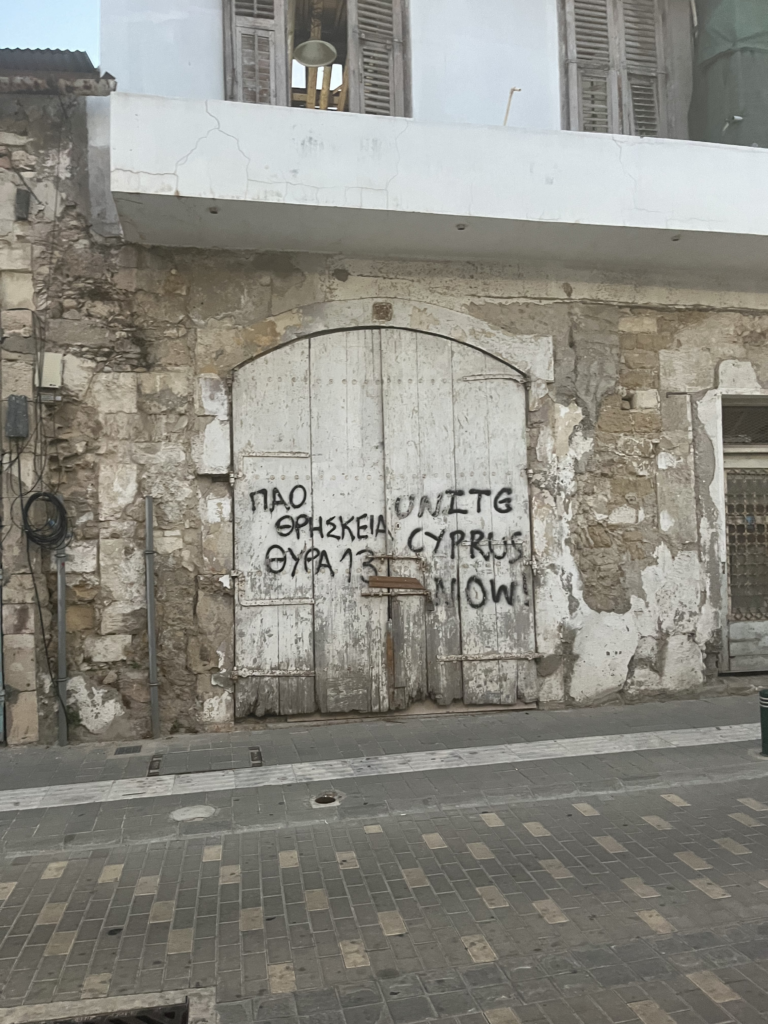Emi Clarke
One of my favorite things to do when I encounter something new or unfamiliar (usually an animal I couldn’t immediately identify with absolute certainty) is to go on a wikipedia rabbit hole collecting any information related to the aforementioned New Thing. Often equally fun is the practice of going through the same process but on something so familiar and mundane that I’d never thought to look it up before. So upon arriving in Larnaca and discovering, to my delight, that the city was rife with a creature I’d long suspected had much more to offer than the moniker “rat with wings” would suggest, I thought it was a perfect opportunity to learn more about them. After a likely unnecessary and overly thorough scouring of any and all pigeon related pieces of information I could find I have come to the conclusion that they do indeed deserve more appreciation and respect. But before that, allow me to introduce you to the:
Rock Dove (Columba Livia)







